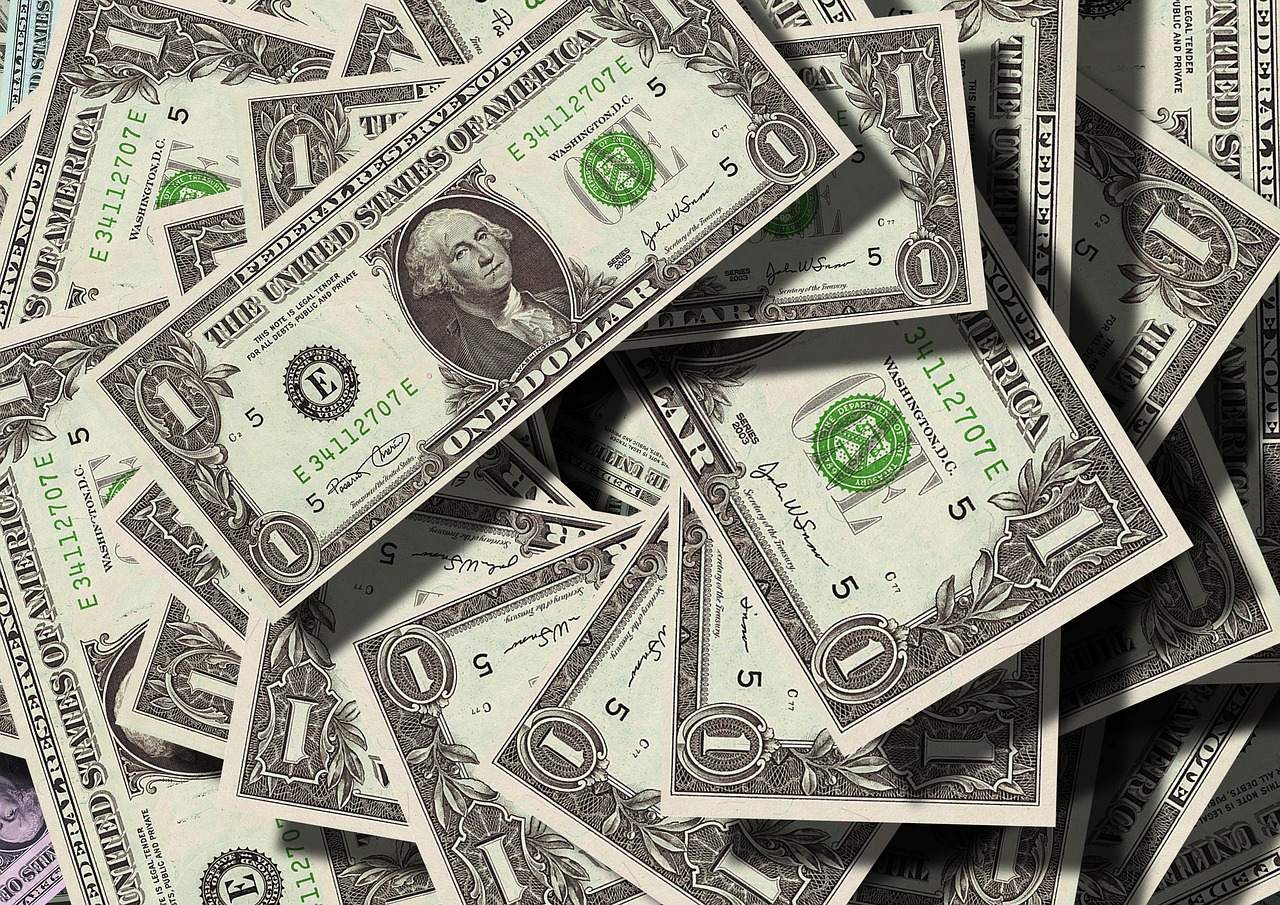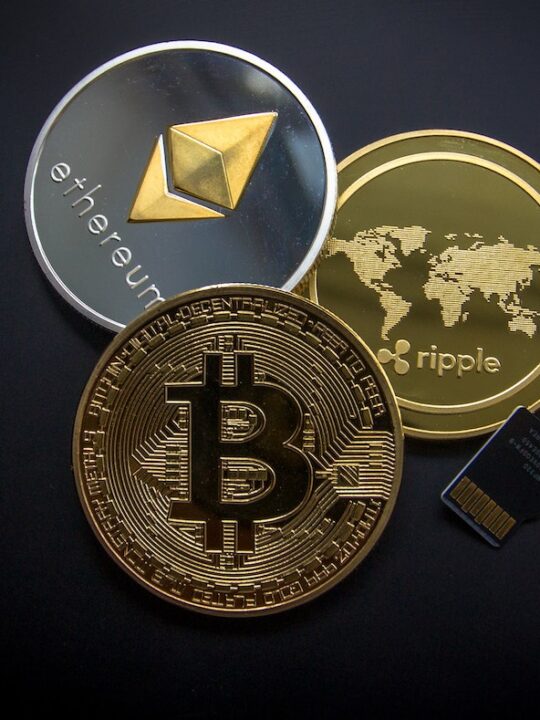 When it comes to global currencies, the US dollar is king. But how did this come to be? In this blog post, we will discuss the history of the US dollar and how it became the global currency. We will also explore some of the reasons why it has been so successful in this role. So, if you’re curious about the origins of USD, keep reading for more information from experts like Kavan Choksi!
When it comes to global currencies, the US dollar is king. But how did this come to be? In this blog post, we will discuss the history of the US dollar and how it became the global currency. We will also explore some of the reasons why it has been so successful in this role. So, if you’re curious about the origins of USD, keep reading for more information from experts like Kavan Choksi!
Table of Contents
The history of the US dollar
The dollar has been the official currency of the United States since 1792, when Congress passed the Coinage Act. Prior to this, the US had no uniform national currency and instead used a variety of currencies from different countries. The most common were the Spanish dollar and the British pound sterling.
After the American Revolution, the newly independent US needed its own currency to help with trade and commerce. The first US dollars were minted in 1792 and were based on the Spanish dollar, which was widely used throughout the Americas. The Spanish dollar was chosen because it was a well-established currency with a long history of international use.
How the US dollar became the global currency
The US dollar became the global currency after World War II. At the Bretton Woods Conference in 1944, delegates from 44 countries met to discuss the post-war international monetary system. They agreed that all currencies would be pegged to the US dollar, which would in turn be pegged to gold at a rate of $35 per ounce.
This system lasted until 1971, when President Nixon ended the convertibility of the US dollar to gold. The dollar then became a free-floating currency, which meant its value was no longer based on a physical commodity.
Today, the US dollar is the most widely used currency in the world. It is used in more than 80% of all international transactions and is the official currency of many countries, including Canada, Australia, and Japan.
Reasons for the US dollar’s success
There are a number of reasons why the US dollar has been so successful as a global currency. One reason is that the US economy is the largest in the world. This means that there is a large demand for US dollars in global markets.
Another reason is that the US dollar is a stable currency. It is not subject to the same volatility as other currencies, such as the euro or the yen. This makes it a more attractive option for businesses and investors when conducting international transactions.
Finally, the US dollar is also backed by the full faith and credit of the US government. This gives it a level of stability and trust that other currencies do not have.
Challenges for the US dollar
Despite its success, there are some challenges facing the US dollar as a global currency. One challenge is the increasing debt of the US government. As the government borrows more money, it is printing more dollars, which can lead to inflation.
Another challenge is the rise of other currencies, such as the euro and the Chinese yuan. These currencies are becoming more widely used in international transactions and could eventually rival the dollar.
The future of the US dollar
Despite these challenges, the US dollar is likely to remain the dominant global currency for the foreseeable future. This is because there is no other currency that currently has the same level of trust and stability.







